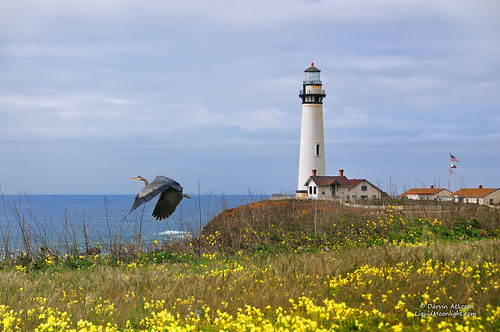It’s been a long time since I blogged anything and a lot has
happened. If you read the last blog then
you know I promised to let you know what you needed besides a descent DSLR
camera. This article would probably have
gone over a tripod, lenses, filters, and software. But
something really bad made me realize there is something you will want to
consider even before all these items.
Backups!
Yes, I was backing up my files on an additional hard
drive. But in rare occasions if a hard
drive fails, those backups can become corrupt as well. In my
case the system though all the files had been updated and tried to overwrite
them all with corrupt data. This is very
rare but it happened and I lost a good deal of the unprocessed RAW files. Now most never would have made it in to a
final image and I did have the final JPEGS from those shoots uploaded on to my
website so all my good stuff is still there.
But it hurt none the less.
Hard drives are CHEAP when compared to other hardware. The best way to back up your work is
obviously to put the final work on a website you are sure will be around for a
while. But to keep all the large RAW
files you need a good backup system.
With 3 or 4 drives you can rotate your backups from one drive to the
next. This way if one becomes corrupt
you still have the secondary backup.
You will lose some files but you won’t
lose everything. And even still
I recommend taking the final JPEGS you plan to print from and burn them to a
DVD.
You should also keep these devices secure. At least one drive should be stored in a fireproof safe. You can get cheap ones from Target or a local hardware store. The DVDs should also be stored where they are not in direct light and if possible in a separate location.
You should also keep these devices secure. At least one drive should be stored in a fireproof safe. You can get cheap ones from Target or a local hardware store. The DVDs should also be stored where they are not in direct light and if possible in a separate location.
While I was stressed I did have multiple backups and though
I lost a significant amount of data, I did not lose it all. For security reasons when I sell a computer I
NEVER leave the old hard drive in the system.
It’s too easy to recover the data.
Thus I had all my old systems hard drives and they saved me in the
end.
Backups should be run on a regular basis. With that said, I am off to backup my most
recent works.
Darvin Atkeson
LiquidMoonlight.com


